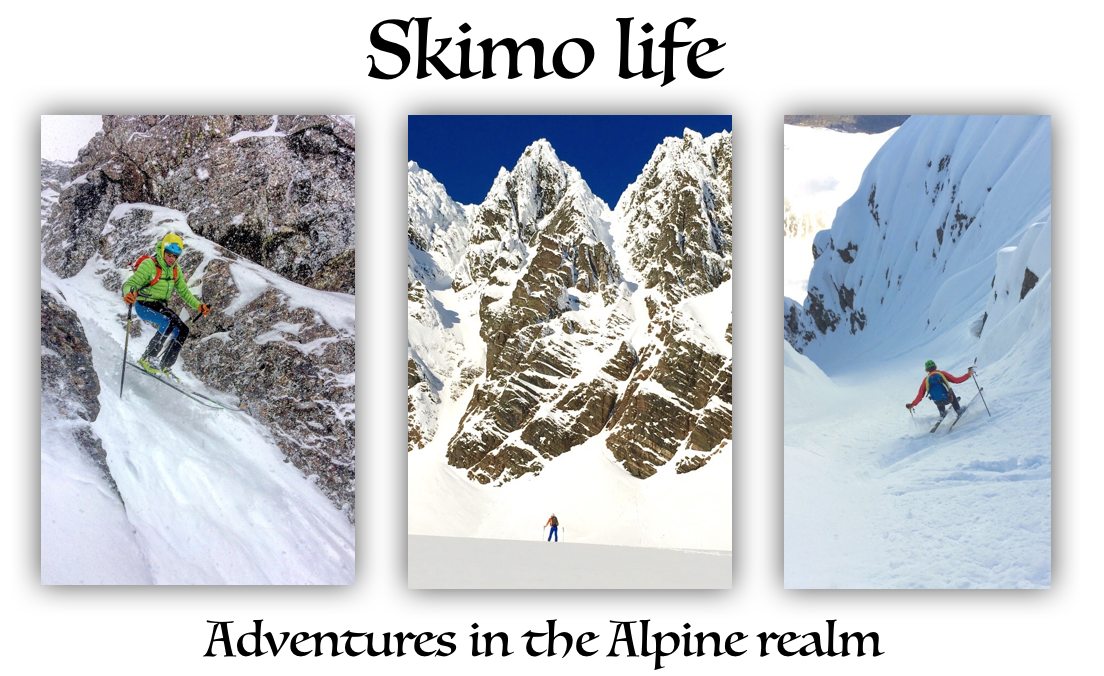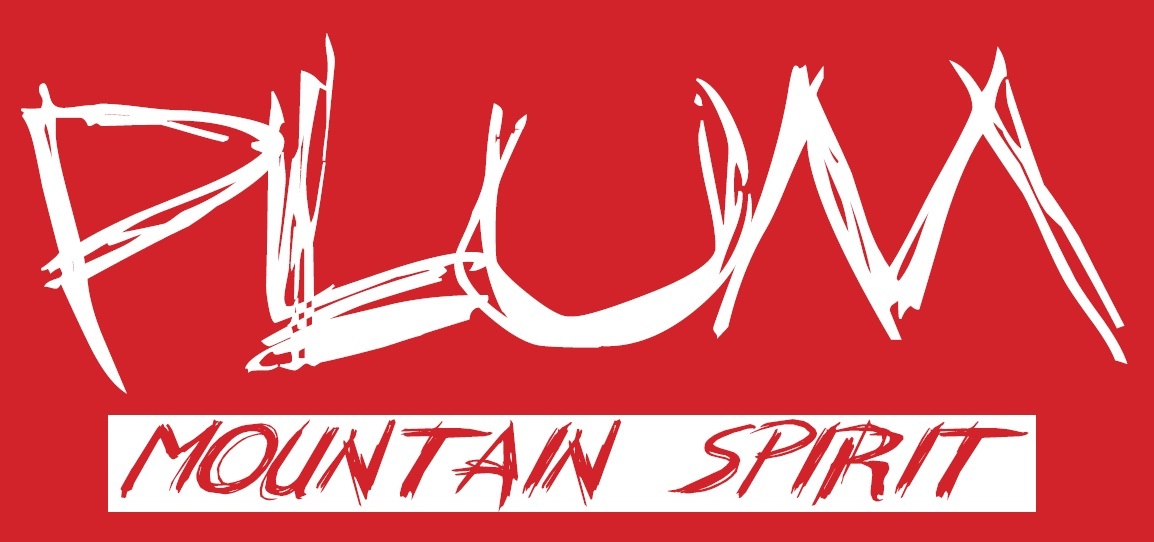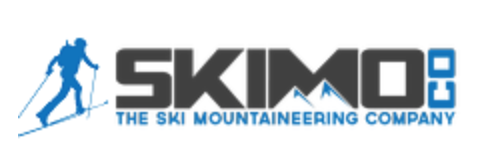Light and Fast - Introduction
 Monday, January 3, 2011 at 10:35PM
Monday, January 3, 2011 at 10:35PM As promised, here is the first of a few posts on getting around the back country fast. As I wrote it I realized it was going to be lengthy so I decided to break it up into smaller posts and spread it out over several days. That way, people might actually read the thing. After this little introduction, I will cover clothing, food, gear and technique.
Some of this stuff will seem painfully obvious to many of you but if my observations of tourers in the BC around here are any indication, it's not obvious to everyone. You know the guys I'm referring to - the dudes sweating their asses off, plodding uphill on their Megawatts, Marker Dukes, ear flap hats and Gortex hard-shells. If anyone knows one of these types, send them this link so they might find an alternative path through the wilderness.
First, a disclaimer. The skiing style I outline here is not for everyone. Most ski mountaineering racers already practice much of what I describe. For others, these techniques represent a level of intensity they would rather avoid when out skiing for fun. Big groups, multiple dogs, heavy gear, long transition stops and elaborate lunches completely change the experience and create a touring style that is the polar opposite of what I will describe in the next few posts.
The fast and light approach also comes with an increase in risk under certain conditions. Do not charge ahead with eyes closed. Awareness and, ultimately, acceptance of this risk is part of the experience and, in my mind, enhances it. There are those that will deride your efforts for efficiency and speed. I have been met with thinly veiled distain on the skin track or at transitions. On the other hand, others may applaud your efforts. Either way, it's best to look within for satisfaction as you hone these techniques.
Onward…
"Speed Up". Dynafit's battle cry for their persistent involvement in developing gear to move quickly through the mountains in winter. It represents the most visible island in a sea of big boots and fat skis where "It's all about the down". For most of the industry, it really is all about the down. This is what sells. No one goes to a fall ski film opening to watch guys plod uphill, no matter how fast or how far. It's boring. The sex appeal lies in dudes arcing huge TGR turns down massive faces, out-running sluffs and stomping huge airs. For sure you need the heavy artillery for these antics. But I'm old and cautious. I try to keep my skis on the ground most of the time. I've long since sold my Avalung and don't own a ABS-style pack. I try hard to avoid terrain and conditions where I could use that stuff. Nothing's guaranteed, I realize, but I will continue to put my energy toward covering ground and skiing lines in a different style. Not necessarily better, just different.
As excited as the crazy free skiers get over supportive boots and big-ass skis made to slay the gnarliest lines, I feel the same way about a lot less. Less weight, less bulk, less complication. Trimming the fat is not without its risk, of course. Stupid, unpredictable things happen in the mountains and if we are not equipped to deal then things could get a little western. The trick to going light is to fully assess the risks, decide on what's acceptable to you and your partner(s) and then commit to your ideal. Because conditions in the mountains change almost daily, the contents of our packs and perhaps what's on our feet can change, as well.
I've been a skier most of my life but haven't always lived where skiing everyday was possible. In those days, I went with the current trends, following the crowd and generally having fun. I was even a telemark skier for years. Sometime around 1995 I got my first AT setup. Dynafit was nearly unheard of in my circles, thought to be very fragile, so boots were big and heavy with bindings adequate to the task. Locking my heels down I realized just how easy skiing could be again. And going uphill was a dream, even on 9 pound Raichle touring boots.
I moved to Jackson full-time in 2005 and my eyes were opened. This was the land of Dynafit with the early distributor, Life Link, right down the street. Skis were getting fat and everyone said I needed them. Again, I listened to the conventional wisdom and my quiver grew. But I was still a mountaineer at heart and I started to push back against the increasing weight of what "I had to have". Guys like Steve House, Mark Twight and Rolando Garibotti were doing big things in huge mountains with little on their backs. This style has always been a factor in my own aspirations. I may not possess their talent but the "how" is just as important as the "what". We can still do more moderate things in brilliant style.
At the same time, ski mountaineering racing was growing. Again, Jackson was somewhat of an epicenter for the sport since Dynafit was here and we hosted the National Championships. I cast a glance at it from time to time but did not stick my nose in it right away. I was still recovering from many years of bicycle road racing and wasn't ready to compete and breath that hard.
Eventually, I stepped to the line and got hooked. The gear fascinated me and I loved the tinkering. Grinding rubber off boot soles and drilling out plastic was so fundamentally appealing to me it was silly. Manufacturers started taking note and now produce gear that's light and up to the task. The most exciting thing is seeing race equipment concepts trickle back to the broader touring market at a time when stuff is getting bigger and heavier.
Speed Touring is a phrase that is now part of the modern skiing lexicon. Just like climbing ginormous numbers of pitches in a day is the new rock climbing challenge, covering multi-day tours in a single push is becoming an increasingly popular skiing outlet. Athletes who embrace this style are looking to their local mountain ranges and imagining the possibilities. It's very exciting. The next few seasons we're going to witness an explosion of these link-ups. It's going to be mind-blowing!
In the last few years, my own skiing has seen a paring down of equipment and refinement of style. My big skis and boots are collecting dust on the rack while I wear holes through my race boot liners. My gear selection for ski days is constantly evolving (devolving?). Obviously, skiing fat skis and big boots in certain conditions is a riot but, for now, I am drawn toward this other game. In the next few posts, I will share some of my choices for gear, equipment and style and hopefully get you guys to share some of yours. - Brian
 Brian |
Brian |  9 Comments |
9 Comments |  Gear
Gear 





Reader Comments (9)
AMEN!
I took your advice about incorporating a longer day in my training and it has helped a lot. I think part of being fast is related to the time spent training threshold. Intervals, intervals, long day. I never feel like I'm in the "Green Zone" when I'm skinning, always "Yellow". But it's okay, because I dress way down and have learned that thermoregulation in a very big factor.
But enough of that... Here's my quiver (no shame, no blame... other than being a broke ass!):
Boots are Dynafit 3CFs and Garmont Adrenalins (for riding the wire)
K2 Backlash
G3 Alpinist skins
Dynafit STs (no brakes)
*This is the rig that I ski about 80% of the time.
Dynafit Seven Summits
Dynafit Skins
Dynafit STs (no brakes)
*This is the other 20% rig. Spring and skiing the coolies in the Sawtooths. Or even just touring/exploring with my tele friend.
BD Voodoos
Fritschi Explores
G3 Alpinist skins
*This is my wire-riding rig. Just in case I want to bail through the gate.
I wanted the Dynafit Stokes as my main BC rig, but my finance manager (wife) was having none of that! My Backlashes are salvaged demo skis mounted with Quiver Killers inserts.
One problem has always been pack selection. I have a Mammut pack that is about 5 years old and is a panel loader. It's very heavy. It seems like any pack that allows you to have a separate avy gear spot is heavy.
Any suggestions on the quiver or pack? Thanks for posting the Speed Touring articles, I think it will be the evolution for a lot of skiers.
Hey Ralph,
Thanks for sharing. Equipment post is up next. Stay tuned.
Ralph, check out CAMP packs, particularly the X3 600. That's my go to pack for most of my ski tours from short to very long days. They have many more options for stuff requiring overnights. Check em out.
Hey Ray,
Don't steal my thunder. I was getting to that. I've got 2 Camp packs. No, you're right. I asked you to share.
Thanks Ray. I checked out the CAMP X3 600. Very light when stripped down, 17 ounces! 30L seems like a perfect size for most tours. Do you just chuck your shovel in? I really like having a spot for my shovel that's not in the main body. I was leaning towards the BD Revelation, but it's very heavy. The price is right for the X3, though! Less than $100 is hard to beat!
Big bonus with the CAMP packs is the ski carry system (sorry Brian if you were going to mention this). Its great for lightweight skis and really quick transiitions. It especially makes the decision easier to carry your skis through a quick section rather than trying to find some dumbass way to skin through it. It sounds stupid, but we've all done it cuz taking the pack off, put the skis on the pack, and then taking it back off at the end to get the skis back on, is very annoying when its a quick section you need to get through. It starts to fail when you start dealing with heavy skis (tilts the pack) and when the pack is stuffed full (something we are trying not to do in the first place).
Oh, and, yeah I usually just put my shovel in the pack. Always have since I try very hard not to carry so much stuff that I CAN'T put it in. If for some reason I can't, its easy to come up with a creative way to strap it to the outside of the pack with extra straps.
Also, a good read is Andrew McLeans blog a week or two ago about how probe poles are unecessary on his website Straighchuter.com. I've always had the same viewpoint and am glad someone else is voicing it. I swear.....the "avy people" out there go ape shit if you mention things like that!
Amen Brian! Nice post....with the light boots finally getting carbon into the game, its bringing a lot more doubters to this mind set....I feel the bindings and skis have been pushing it, but boots have been a limiting factor unitl this season....at least here in the US. The F1 is every where in the CB area...
Loose the weight and the training wheels ...those are for resort skiing!...time and a place for everything I guess. See ya on the start line this weekend?!